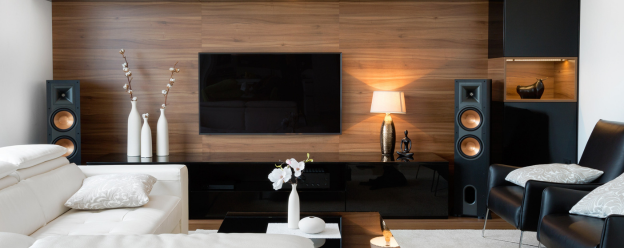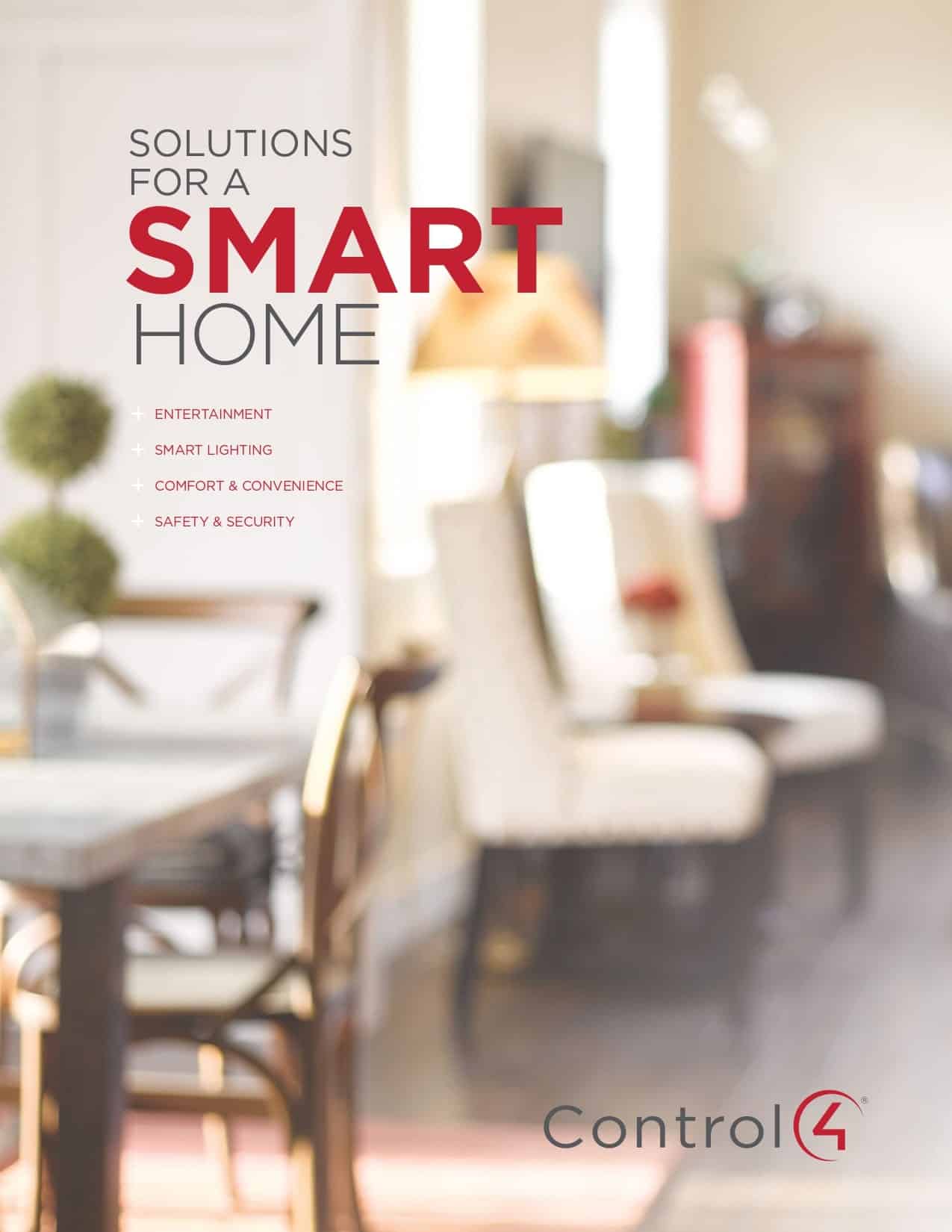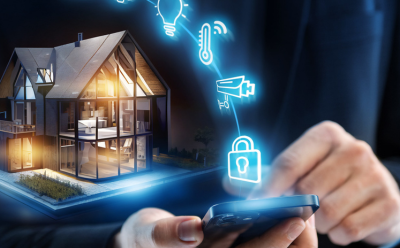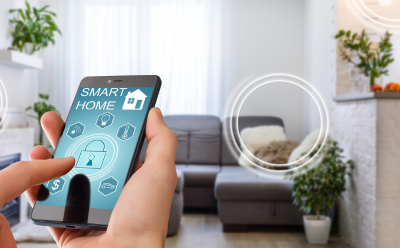If you’ve ever been in a home with an amazing sound system, you’ve probably thought about what you could do in your own home to increase your enjoyment. While some homeowners choose to go the DIY route, most would tell you that the home audio installation process is more complicated than simply choosing equipment and running wires. Here’s how whole home audio installation professionals tackle the task to increase your enjoyment and return on investment.
Planning and Design
Every home is different, as well as the homeowner’s home audio needs and wish list. Professional home audio installation gives you the opportunity to customize your system in ways you may never have thought possible.
Starting with planning and design, professional whole home audio installers begin with some basic questions, such as where you want to have speakers and other home audio components, and if there are any areas of your home you don’t want to be included.
Through a full line of questioning and discussion, together with your professional installer, you will create a completely personalized home audio design. When you’re working with a professional, he/she will also create the framework for your comprehensive quote and any options that you might want to consider as value add-ons.
Speaker Selection
A home audio professional will suggest speaker options that work for the size and type of rooms you want connected to your home sound system. Different speakers have vastly different specifications. You need to carefully match the speakers to your design plan so that you can get quality sound results and a system that stands the test of time.
Your installer considers factors such as room size, speaker size, power requirements, and speaker placement options (wall-mounted, ceiling-mounted, freestanding), so that you can select speakers that match your audio preferences and fit aesthetically with your home decor.
Source Components
Speakers deliver the sound, but you need source components to generate the sound they deliver. This could include anything from stereo receivers to amplifiers, media servers, streaming devices, CD players, or turntables if you love the classics.
Both speakers and source components need to be sufficiently powerful and of a suitable quality to produce the kind of sound you want. If either of these components doesn’t do the job adequately, the end result will be disappointing.
Wiring and Cabling
The next step in the home audio installation process is wiring and cabling; here, quality and aesthetics are equally important.
You’ll need to install the necessary wiring and cables to connect your audio components. This includes speaker wires, audio interconnects, HDMI cables (for home theater setups), and power cables. Plan the routing of cables and consider concealing them for a clean and organized installation.
Ensuring that cables are neatly tucked away is another big consideration, and you might need additional equipment or more cabling to ensure you can get this done.
Equipment Setup
If your home audio system includes an amplifier or receiver, you need to ensure that they are set up correctly. Then you’ll need to set and test the configuration until you get the results you want.
Speaker Placement and Mounting
Choosing the right speakers is not enough to ensure your home audio system delivers great sound. Your professional installer uses geometrical calculations to ensure they’re correctly placed and mounted for optimal sound dispersion.
Your installer will position the speakers in each room according to the desired sound coverage and the speaker’s design. In some cases, he/she may mount speakers securely on walls or ceilings if required, following the manufacturer’s instructions.
Unobtrusive speakers are placed in the walls and ceilings, perfectly tilted for optimum listening. Speakers can totally disappear, mounted on fiber panels that can be painted to become invisible on your walls and ceilings. Your speakers can even go outside to extend your outdoor entertainment enjoyment.
Testing and Fine Tuning
Once your home audio installation is wired and configured, a final round of testing is required to ensure everything sounds exactly the way you want it. Testing includes adjusting speaker placement, orientation, and volume levels as needed to achieve the desired sound quality and balance across different areas.
Whole Home Audio Integration and Automation
With a fully integrated Control4 or Sonos audio system, you can enjoy music from many sources: streaming services like Spotify, iTunes library with Apple Music, SiriusXM, or Pandora. To take your home audio installation up a notch, you can consider integrating your whole home audio system with a home automation system or smart devices for added convenience and control. This can enable features like remote control operation, voice control, scheduling, and multi-room synchronization.
While some home audio installations can be done as DIY projects, more complex setups or customized installations may require the expertise of professional audio installers. They can provide guidance, optimize sound quality, and handle more intricate aspects of the installation process.
For over a decade, Lifetronic Systems has been designing and installing custom smart home technology systems, including home audio installation, for homeowners, builders and businesses throughout Connecticut, New York and beyond. We seamlessly integrate cutting-edge home automation, entertainment, lighting, security, communication and networking systems to enhance the lives of our clients. Our attention to detail is unparalleled, beginning with design through installation and including ongoing support and maintenance.




